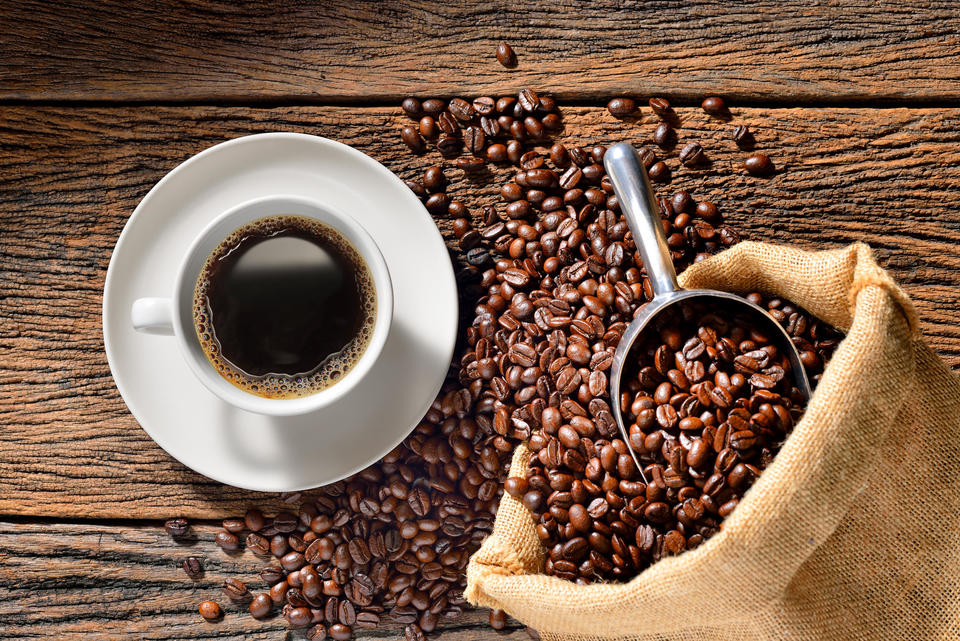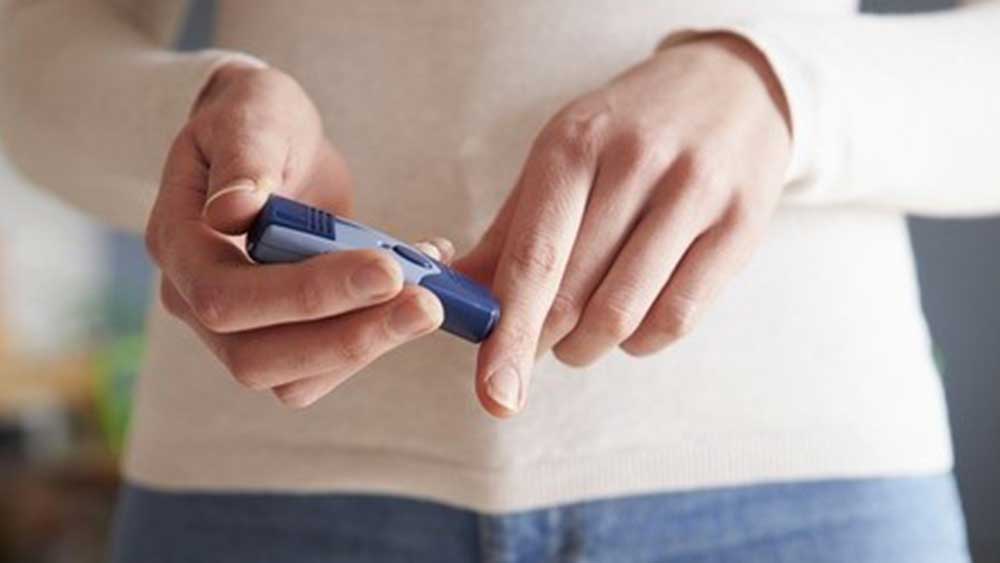
Options for Controlling Type 2 Diabetes during Ramadan
Fasting during Ramadan has a number of physical effects on the body. In people with diabetes, these changes, along with the type of medication being taken to treat diabetes, can contribute to a number of complications. These include:
- Hypoglycaemia, especially during the late period of fasting before the Iftar meal.
- Severe hyperglycaemia after each of the main meals (Iftar and Suhoor).
- Dehydration, especially in years with prolonged fasting hours and countries with hot climates.
Many diabetes-related risks can be minimised through medication adjustments and tailored nutrition advice. Therefore, it is crucial to increase awareness of these risks to allow safe participation in Ramadan fasting. The recently updated IDF-DAR guideline on diabetes and Ramadan provides both practical information and recommendations to help healthcare professionals optimise care and ensure that people with diabetes who plan to fast during Ramadan can do so safely. This includes a risk stratification table, with guidance on individuals who are at high, medium and low risk of fasting.
Although certain people with type 2 diabetes can be exempt from taking part in Ramadan, the majority will want to take part (Salti et al, 2004). They should not be deterred from fasting unnecessarily, as there are few harmful effects in the majority of people with diabetes, and Ramadan fasting can also have physical, emotional and spiritual benefits.
Diabetes and Ramadan education
Diabetes self-management education and support addresses the practical, clinical, psychosocial and behavioural aspects of care needed for daily self-management, and is essential for safe fasting during Ramadan. The objective of Ramadan-focused education is to raise awareness of the risks associated with diabetes and fasting, and to provide strategies for effective prevention.
The clear benefits of structured education on many aspects of diabetes in Ramadan have been demonstrated in several studies, in diverse populations. A systematic review revealed a significant reduction in hypoglycaemia risk for fasting participants who received Ramadan‐focused education compared with those who received standard care, as well as a significant improvement in HbA.
Aims of pre-Ramadan education
The aims of structured education in preparation for Ramadan include the following:
- Modification and adjustment of nutrition plans for optimal glucose control during Ramadan.
- Designing nutrition plans that may help weight reduction for those aiming to lose weight during Ramadan.
- Adjustment of glucose-lowering medications to match nutrition and fasting.
- Encouragement to continue daily exercise and work activities.
- Recognition of warning symptoms of dehydration, hypoglycaemia and other possible complications.
- Informing of the need to break the fast if blood glucose falls below 3.9 mmol/L or rises above 16.6 mmol/L (Ahmedani et al, 2021).
- Informing of the need to monitor blood glucose regularly (blood glucose testing does not break the fast).
- Encouraging the monitoring of body weight during Ramadan.
The Ramadan Nutrition Plan
Nutrition therapy plays a vital role in diabetes management during Ramadan. Ramadan provides an ideal opportunity for people to channel their strength and discipline into adhering to healthy, nutritious and balanced meals at the Suhoor and Iftar meals.
An individual’s regional beliefs and culture should be considered when preparing their diet plan (Shaltout et al, 2020). Ramadan can result in an extra burden of calories; Iftar, the meal taken when the fast is broken at sunset, often turns into a feast, with huge volumes of food laden with sugar and carbohydrates. Since there is cultural variation in the traditional foods eaten at Iftar, a well-trained dietitian should be at the centre of the diabetes management and follow-up team. Example tailored meals plans from countries around the world, including Egypt, Malaysia, Indonesia, China, Pakistan and South Africa, are available in the IDF-DAR (2021) guideline.
Foods to recommend during Suhoor
For Suhoor (the pre-dawn meal), meals needs to be wholesome to provide enough energy to last the long hours of fasting and should include the following foods.
Complex carbohydrates: Eat meals based around small portions of carbohydrates. Have wholegrain sources of starchy carbohydrates, such as granary bread, wholegrain cereals, lentils, oats, quinoa, buckwheat, bulgur wheat and couscous. These foods release energy slowly, which can help maintain blood glucose levels and make individuals feel less hungry.
Fruits and vegetables: Rich in fibre, fruits and vegetables are essential for fasting as they increase the feeling of fullness and keep the person hydrated. Include fruits such as watermelon and kiwis, and vegetables such as cucumber. Fruits and vegetables provide fibre and reduce risk of constipation. Include more non-starchy vegetables such as green beans, courgettes, aubergines and mushrooms, and fruits including berries.
Protein-rich foods: Include some source of protein, such as eggs, lentils, beans or chickpeas. Protein foods are an essential part of the diet and help to keep people feeling full whilst also having less impact on blood glucose levels.
Dairy foods: Try to include yoghurts or milk-based foods at both Suhoor and Iftar to ensure sufficient calcium levels. Try plain yoghurts with nuts and fruits such as berries, or use milk and yoghurt to make milky drinks or smoothies with berries. Those who are lactose intolerant can choose lactose-free milk or calcium-fortified soya milk.
Fluids: Drink plenty of water at Suhoor. Avoid drinks that contain caffeine, such as tea and coffee, as these can make the person lose more water by going to the toilet more. Avoid sugary drinks such as orange, apple and tropical fruit juice and fizzy drinks. Diet drinks and non-sweetened drinks such as unsweetened lassi or laban are a preferred option.
Foods to recommend during Iftar
Iftar (the sunset meal) is the time when the person replenishes energy levels, so every effort should be made to consume foods from all major food groups. Iftar also needs to provide a quick release of enough energy. Iftar should include the following foods.
Dates: Traditionally during Ramadan, dates are eaten at the start of Iftar to symbolise the breaking of the fast. They are a quick source of energy and are high in fibre, calcium and iron. However, the number eaten should be limited as dates are high in sugar.
Complex carbohydrates: It is recommended to eat meals based around small portions of starchy carbohydrates, such as whole grains, rice or flatbread, in small portions. Have wholegrain sources of starchy carbohydrates, such as lentils, quinoa, buckwheat, bulgur wheat and couscous.
Meats and alternatives: Incorporate protein-rich sources, such as lean meat, skinless chicken, fish, eggs, legumes and low-fat dairy products.
Healthy meals: Avoid the usage of deep-fat fryers during Ramadan. When using oil for cooking, try to measure oil and avoid deep frying. Reheating oil increases the amount of trans-fatty acids, which are bad for the heart. Limit the number of starters at Iftar, especially if based around fried snacks such as samosas. Any starters should be based around salads, fruits, lentils or soups, to leave room for the main healthy meal of the day.
Reduce intake of processed foods: Avoid deep-fried foods and those that contain refined carbohydrates, such as white bread, pastries, biscuits and baklava. Avoid processed meats, burgers, fried chicken and chips. Have small amounts of foods like baklava and halwa (made with semolina, butter and sugar).
Salt: Reduce intake of salt and salted food, including dressings, sauces, salted nuts and crisps. Dehydration is a risk due to limited fluid intake during the day, and high-salt foods can further increase this risk.
Fluids: Drink plenty of water at Iftar. It is recommended to drink at least eight cups of water between Iftar and Suhoor, so that the body may adjust fluid levels in time for the next day. Again, avoid drinks that contain caffeine, such as tea and coffee, as these can make the person lose more water by going to the toilet more. Avoid sugary drinks such as orange, apple and tropical fruit juice and fizzy drinks. Diet drinks and non-sweetened drinks such as unsweetened lassi or laban are a preferred option.
Ramadan safety tips for people with type 2 diabetes
- Always carry glucose treatment with you.
- Test your blood regularly to monitor your glucose (sugar) levels. This will not break your fast.
- Test your blood glucose level if you feel unwell during the fast.
- If your blood glucose level is high or low, you must treat this.
- If your blood glucose is less than 3.9 mmol/L, end the fast immediately and treat the low blood glucose.
- If your blood glucose is higher than 16.6 mmol/L, end the fast immediately.
- If you become dehydrated, end the fast immediately and have a drink of water.
- If you start to feel unwell, disoriented or confused, or if you collapse or faint, you should stop fasting and have a drink of water or other fluid, and check your blood glucose levels.
- Insulin users should never stop your insulin, but you must speak to your doctor because you may need to change the dose and timing of your insulin injections.
- Keep meals well balanced and drink plenty of fluids during non-fasting hours.







